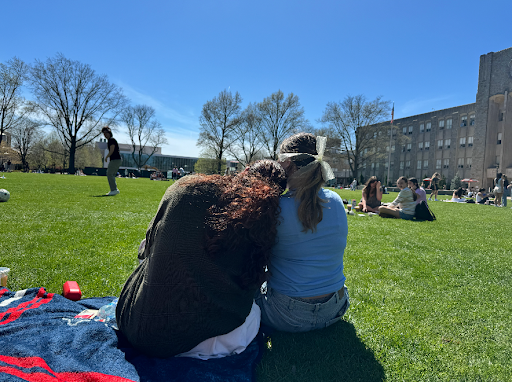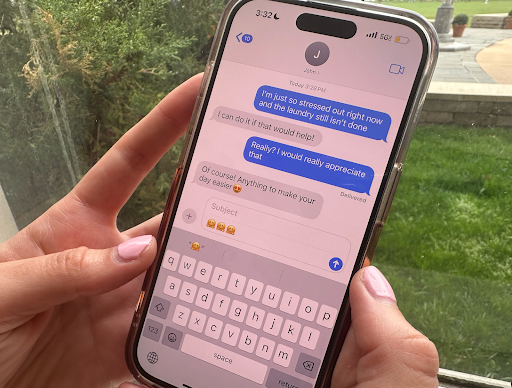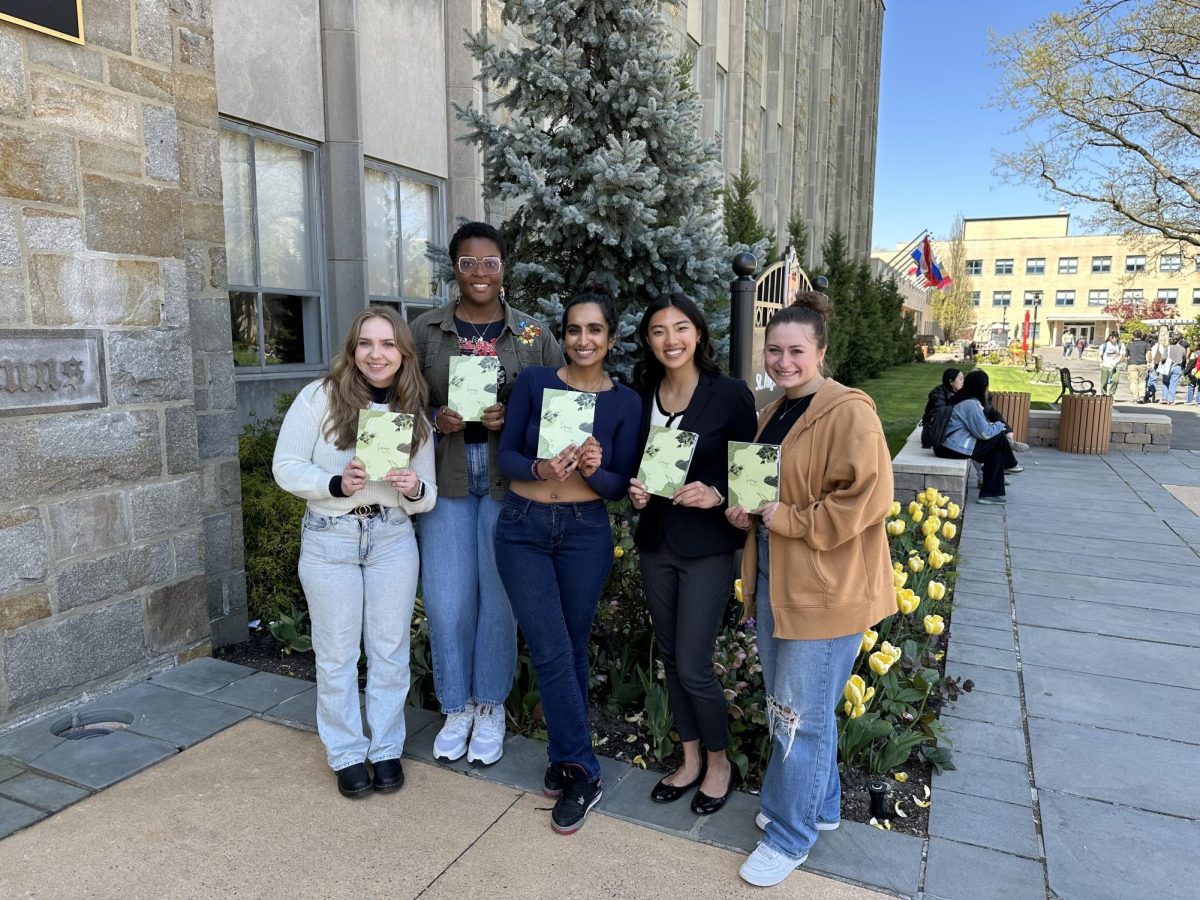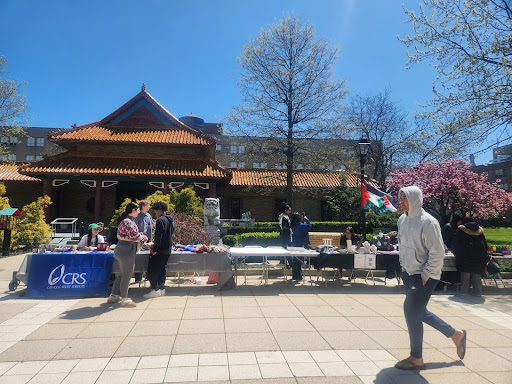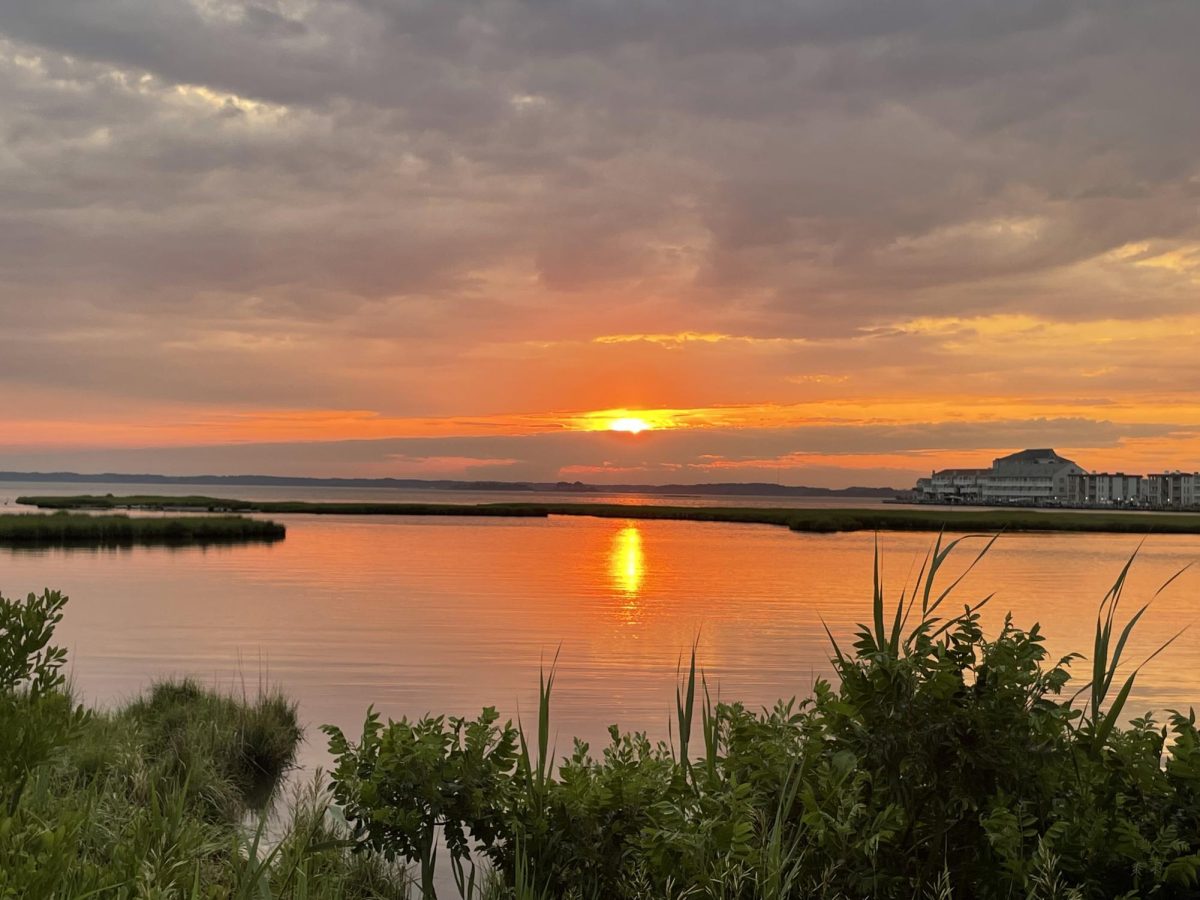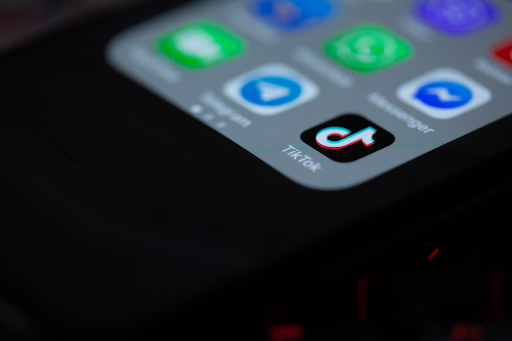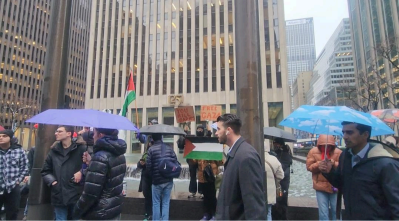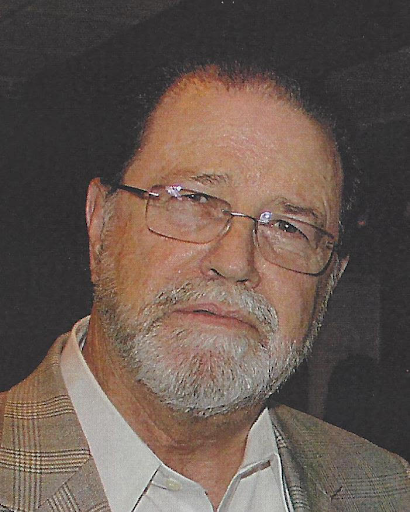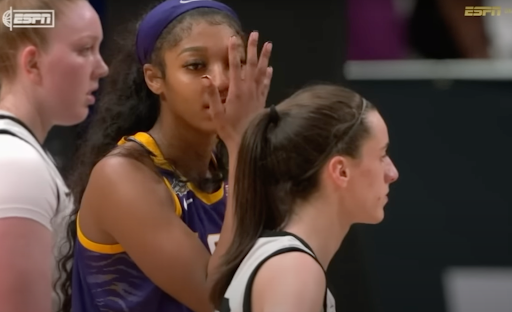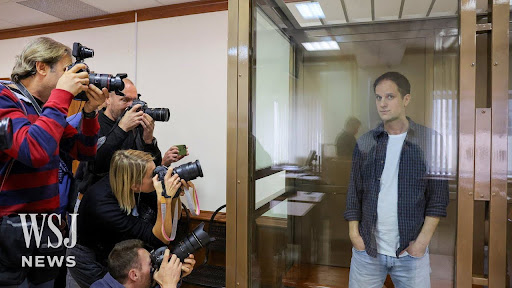These last few weeks have been indicative of a steady return to the height of the pandemic in March, as a massive wave of COVID-19 cases are rising in the Tri-state area. It felt like deja-vu the moment I heard that French President Emmanuel Macron was detailing a new plan, urging his citizens to prepare for a full lockdown that would close bars, restaurants and cease any public events that may be scheduled from occurring any time soon. Similarly, England is experiencing a surge in confirmed cases as the number of COVID-19 hospitalizations increase, leading authorities to institute a mandate that halts all elective surgeries and procedures to allow for more beds for COVID-19 patients. As these European countries put their plans into action, healthcare workers and hospitals are more readily equipped for an influx of cases than they were for the first wave.
New York is currently one of several states with rising rates of positive cases, especially in “cluster zones” like Queens and Brooklyn. In response to an increased number of confirmed cases, Mayor Bill de Blasio and Governor Andrew Cuomo have ordered these areas to enter temporary shut down as a way of controlling community spread and preventing the further development of a “second wave.”
In the midst of it all, public health experts are still racing to collect information that can accurately illustrate the virus’ behavior among the population. According to expert Lisa Maragakis from Johns Hopkins Medicine, a second wave of coronavirus cases could potentially be a problem during flu season. On top of this, colder weather encourages people to opt for indoor gatherings, which only further increases the risk of transmission. During this time, COVID-19 testing needs to be ramped up, as it will be key in distinguishing those with flu symptoms from symptomatic and asymptomatic COVID-19 patients.
The chance of a second wave occurring in the United States poses even more of a threat as the seasons change. With major holidays just around the corner, many of us are inclined to gather with loved ones. The reality is that we are all tired and frustrated. A great part of our human nature begs for social interaction and it is evident that many individuals have already abandoned mandated policies. However, looking back at March and the devastating number of lives lost, we must reflect and consider the consequences that come with gathering in large groups. The spikes occurring now are warning signs of a possible but preventable second wave. A good to-do list that will make a difference includes getting your flu shot, getting tested for COVID-19 frequently and, most importantly, practicing COVID-19 precautions.





